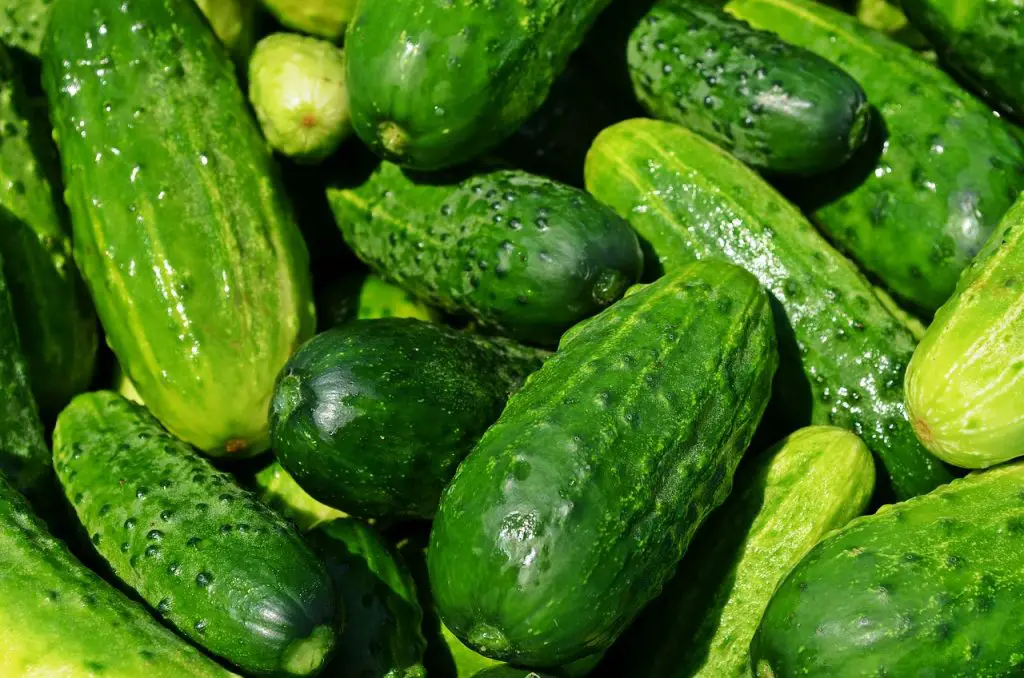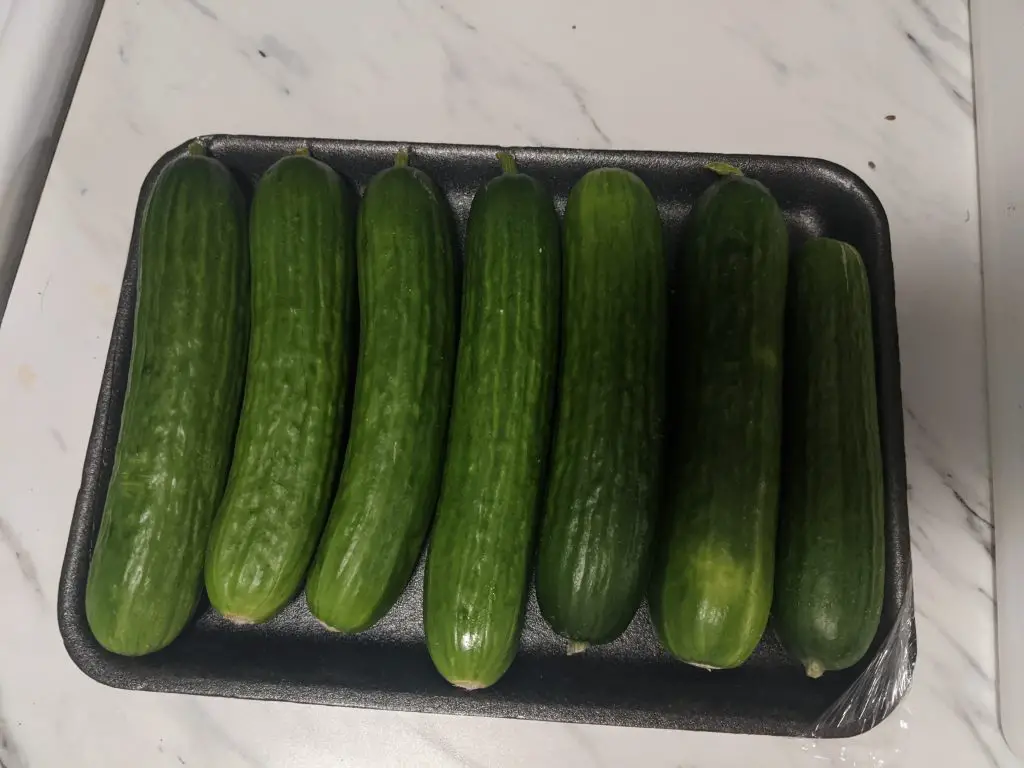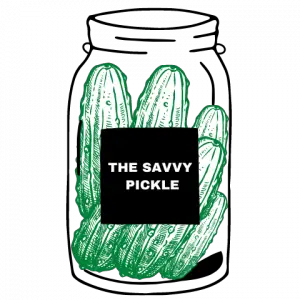Not all pickles are created equal, and quality ingredients are the backbone of a good pickle. The very first ingredient you select is the cucumber. There are many different types out there that will affect taste, crunch, and more.
The most well rounded cucumber for making pickles is the Kirby cucumber. This is a widely accepted as you will see this type also sold under the name “pickling cucumbers”.
There are several qualities that can make a cucumber good for pickling. We will review each one and how they relate to one of the most popular cucumbers for pickling, the Kirby.
Crunch Factor
Keeping pickles as crunchy as possible is one of the highest priorities of any pickler. This is why products like Alum are so popular. The cut of the pickle, if preparing slices of spears prior to making pickles, does make a difference. Overall, Kirby cucumbers retain their crunchiness very well. Whether this is due to their size, rigid bumpy skin, or makeup of the cucumber itself remains uncertain.
Armenian cucumbers, on the other hand, have a very poor crunch factor due to their thin skin. While you may still pickle them, they will be extremely soft because their text can not stand up to the brining process. The crunch factor could be described as asking the question, “how firm will this cucumber stay when soaked in water?”

Size Factor
The size of a cucumber makes an impact on the volume of the pickle, which can ultimately impact the crunchiness and how soggy they can get. This is evident in large pickle spears where the meat toward the center (the part with the seeds) is far soggier than the outer part (where the skin is).
Because of their the size, the volume to surface level ratio of Kirby cucumbers make them the ideal size for home pickle makers whether they wish to make spears, slices, or keep them whole. Typical Kirby cucumbers are small enough to fit one or two comfortably in a 16 oz. mason jar. To make one whole pickle and present it in its own mason jar is a neat gift idea.

Absorption Factor
We hear that some folks swear they follow all the instructions but don’t have pickles that taste like pickles. If you have ever said, “they taste like cucumbers that have been sitting in water,” you may be one of those people. Certain cucumbers, some more dense than others, are able to absorb the brine and spices easier than others. Length of marinate, temperature of brine, etc. certainly play a factor but the cucumber has to be porous enough to let the brine do its work.
For this reason, we always recommend using Kirby cucumbers, but encourage experimentation. If you prefer a cucumber on the less acidic side, softer, etc. we always encourage experimentation with different cucumber types.
Taste Factor
Not all cucumbers have a suitable taste for pickling, and some can be bitter. For example, you may think English cucumbers would make good pickles since they are slim and crunchy. English cucumbers really have no flavor and are not well suited for pickles. With so many varieties it can be confusing.
The larger Garden cucumber variety is what you find at your large chain grocery stores. They look attractive due to their dark green color, but most of them are waxed on the outside which can impact the taste of your pickles, thus making not very suitable for pickling. You could remove the skin prior to pickling but unless you prefer very soft pickles we would not recommend it.
For those trying more unconventional techniques, like kool-aid pickles, a more bitter cucumber variety could possibly not be a concern.
Other Great Cucumbers for Pickling
A couple runner ups to the Kirby cucumber are the Persian cucumber and Gherkins. Persian cucumbers are very resilient in their build, being thin and crunchy despite their thin skin. They have a mild flavor and stand up well to heat, so if you wish to use a hot brine technique for a faster pickle, these would be a good choice to experiment with. Their lengths range from short to long
Gherkins are very small and you will no issue keeping them in many different jars. While there is some debate in the pickle community if Gherkins can be counted in the pickle category or should one all of their own, we will include them here since they are so well known.
Understanding how each pickle reacts is crucial knowledge in selecting the right variety for the right recipe. There are many more varieties than we covered here, and some may not even be available in your region. Ultimately, there are many choices available and you may even find that you like a softer pickle, prefer to remove the skin, etc. So as always, we encourage everyone to try new things and learn what they like.
